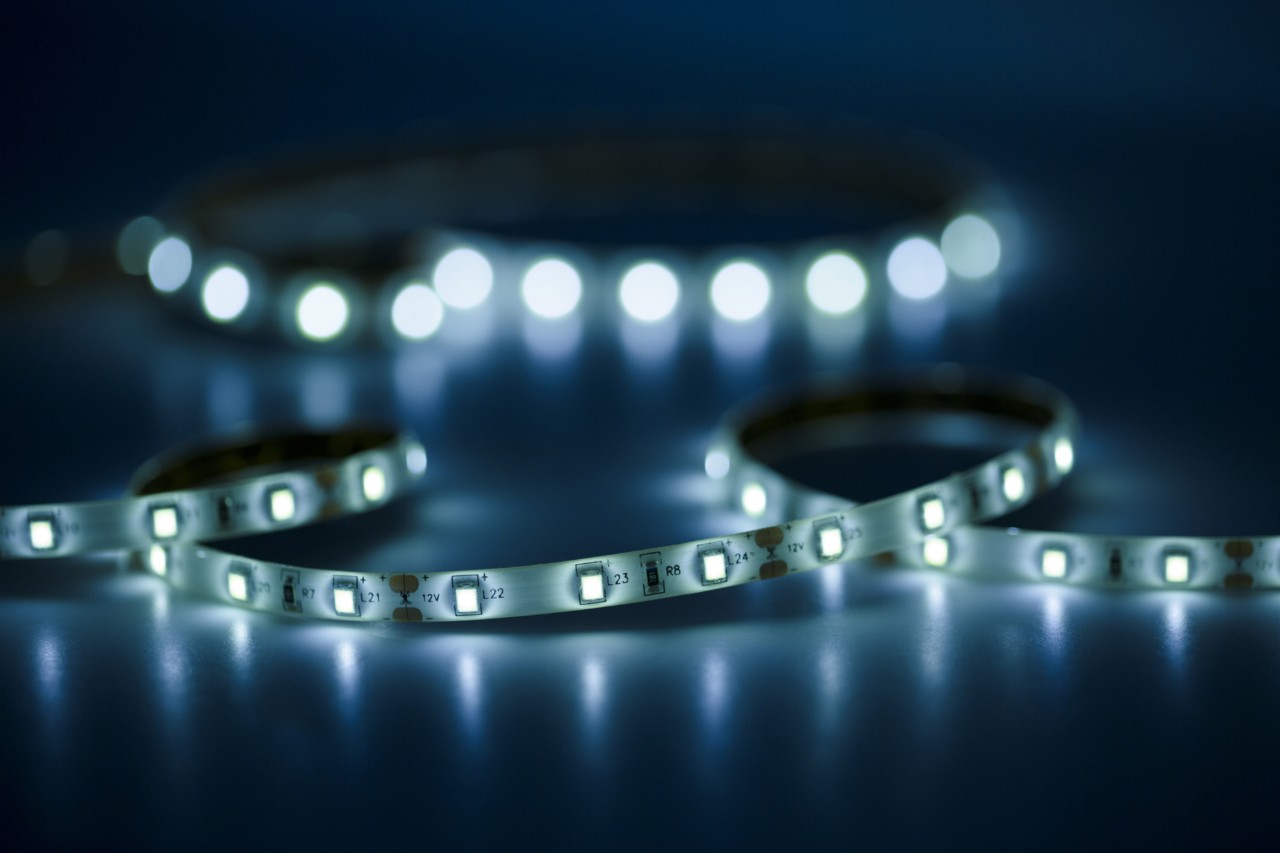LED lights have become popular in many homes and businesses, replacing CFL and incandescent lighting options. LEDs are known to be energy efficient, long-lasting, and more environmentally friendly.
However, there have been several talks recently about the possible risks associated with LED lights. Some tech enthusiasts say that LEDs can cause cancer, while others claim that there is insufficient evidence to support the claim.
So, do LED lights cause cancer? In this post, I’ll look at both sides of the debate and give more information on whether we are trading our health to enjoy the perks of LEDs.
Can LED Lights Cause Cancer?
Although several studies suggest that LED lights can cause cancer, there is no sufficient evidence to show that all LEDs can cause cancer and are dangerous to human health. However, some experts still believe that LED lights can cause potential health risks when used for long hours.
Thorough research is needed to give more evidence on the long-term effects of LED light exposure, but it’s important to take precautions if you’re concerned about your safety. Some potential health risks linked to LED lights include eye damage, headaches, and disruption of the circadian rhythm.
Are LED Lights Harmful to Your Skin?
Fortunately, LED lights are safe for your skin. This is because LEDs do not emit UV rays. These rays harm human skin and cause severe damage, like aging and life-taking illnesses such as cancer.
LEDs are completely safe and are used to treat certain skin diseases. LED lights are used with varying light wavelengths for skin care treatment. Therefore, regular exposure to LED lights will not cause any skin problems, regardless of your skin type.
Is It Safe to Use LED Lighting?
LED lights are free from UV light and do not have toxic elements like mercury. These lights do not emit high amounts of heat, so they reduce the possibility of catching fire, unlike incandescent bulbs. However, LED lights have a blue light linked to issues like sleep problems, mental fatigue, eye strain, and other complications from the blue light emitted from smartphones, computers, and other electronic gadgets.
If you want to minimize your exposure, you can do a few things to reduce the potential risks of LEDs. First, do not use LED lights in enclosed areas like bathrooms and bedrooms. Second, ensure you purchase LEDs approved by an independent testing company. Lastly, avoid looking at your LEDs for extended periods.
LED lighting is a relatively new technology, and there is no conclusive evidence to show that LED lights can cause cancer. However, it is important to be cautious and take the necessary steps to reduce exposure.

How to Limit Exposure to Harmful Light
If you want to be safe from any harmful effects of LED lights, here are some precautions you can take to reduce exposure.
Reduce time spent looking at screens
If you use screens daily, ensure you have some regular breaks to reduce your exposure. For instance, you can use the 20-20-20 rule to look 20 feet away every 20 minutes for at least 20 seconds. Additionally, try to minimize screen time before you retire to bed.
Use dimmer lights
Dimmer lights have less light than brighter ones, so they cause less harm to your eyes. You can buy dimmer lights for both outdoor and indoor use. Dimmer lights also come in handy in the evening because they help prepare for sleep and relaxation.
Install blue-light filtering software
If you spend most of your time on screens, install software to help you filter out blue light. There is a software designed for smartphones and computers. This software will help reduce eye fatigue and strain during the day.
Wear blue-blocking glasses
Blue-blocking glasses are specially designed to reduce exposure to blue light. You can wear these glasses in the evening and during the day. If you spend long hours glued to your screens, these glasses will help minimize eye strain and fatigue.
Paint your walls a darker color
If you’re concerned about the amount of blue light in your room, you can paint your walls with a darker color. A dark color absorbs more light than brighter colors, which will minimize the amount of light in your room.
Purchase low-wattage bulbs
If you want an alternative to LED lights, invest in low-wattage bulbs. These bulbs have less blue light than LEDs, making them a safer option for your eyes. However, these bulbs use more electricity than LEDs, so you may have to pay a higher electrical bill.
Turn off the light when you leave the room
Turning off your lights when you’re not using the room will help reduce exposure, especially when preparing for sleep. You can also check if there are other exposed light sources and, if possible, cover them up.
How to Avoid Cancer
Although the study results are not yet proven, here are some measures to protect you from life-taking cancer and other problems caused by LED lights.
- Your working hours determine how much time you’ll spend under your LEDs. If you’re working during the day, you’re less likely to use LED lights, therefore, reducing the risk. Avoid night shifts that may force you to work with LED lights if possible.
- Ensure you lead a healthy lifestyle by exercising, adopting good sleeping habits, and other methods that will keep cancer away.
- Always keep a safe working distance between blue LED lights and light-emitting devices.
- Do not keep LED lamps near your head when sleeping. It’s also important to keep kids away from LEDs since kids are at a greater risk compared to adults.
Conclusion
LED lights are an exciting and new lighting technology, but they are not without safety and health risks. The risk of getting cancer if you use LED lights needs to be verified through comprehensive studies. However, always lead a good lifestyle and take several breaks to minimize the risks of LEDs on your well-being and health.
